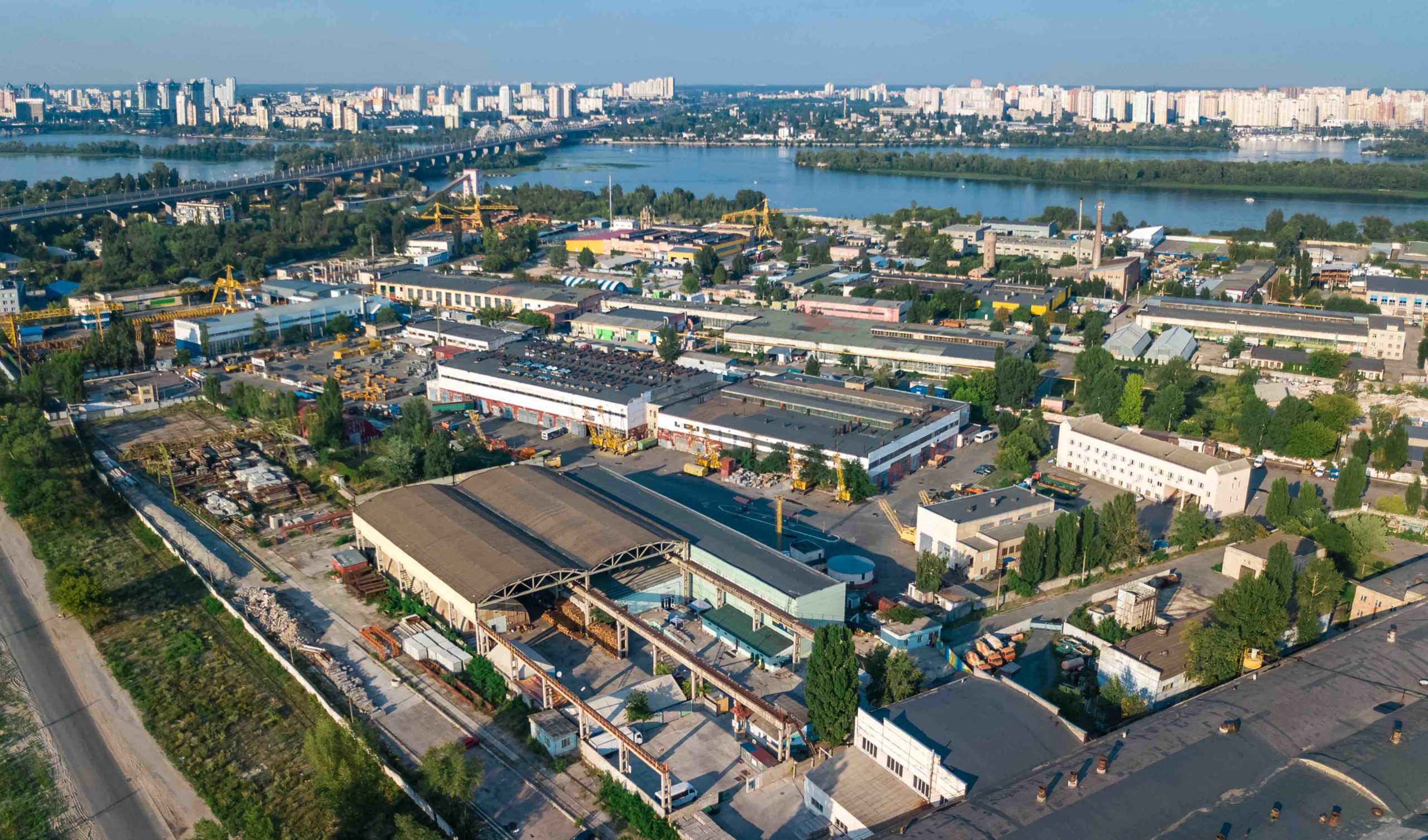March 17, 2021

“Industry” in the 21st century has come to have a different meaning than in the last century. For some, 2021-03-10 Steering Committee Meeting – Draft Recommendations (2)industrial zones may conjure up images of belching smoke stacks. But now, the modern industrial zone is something quite different. The manufacturing sector is seen more and more as including a variety of businesses that can be vital to creating vibrant local neighborhoods, offering a range of benefits from creative placemaking to employment opportunities.
The Changing Face of Industry
In many ways the new image of industry stems from the fact that manufacturing firms have changed radically over time. Across the United States, we are moving from a manufacturing sector dominated by mass producers with hundreds of employees to small and medium-sized businesses that are celebrated for keeping it local. Because of this, cities are redefining what industrial usage is as they take a look at their industrial zones.
Today, not all industrial uses are the same. They can be small-scale, less intensive uses such as small-batch manufacturing, woodworking, metalworking, machining, product design, printing, apparel and textiles, brewery and bakeries. Industrial uses can also include “light industries” including smaller-scale R&D, industrial services, distribution, building materials sale & storage and warehousing. Heavy industrial uses may include vehicle sale/service, storage/junkyards, asphalt and concrete plants, industrial processing, oil/petroleum/propane gas storage, solid waste transfer, recycling and composting.
Zones In Norwalk
Norwalk has three defined industrial zones: industrial 1, industrial 2 and restricted industrial. In addition, industrial uses are also allowed in certain other business zones. The kinds of activities that are allowed in these zones include manufacturing and processing, research and development, printing, warehousing, storage and wholesale distribution. These zones also allow for other uses that are not industrial, but accompany industrial uses such as offices and retail, artist workspaces, and even multifamily and single family housing.
Norwalk is setting out to reclassify and simplify its industrial zones. Recently, the committee studying this, presented the following recommendations:
- Simplify zoning into three new types of zones:
- Industrial
- Mixed Use Commercial/Industrial
- Mixed Use Residential/Commercial/Industrial
- In the Mixed Use Residential/Commercial/Industrial district, encourage ground floor boutique manufacturing and live/work spaces by allowing building height increases. For example, in neighborhoods such as the East Norwalk or Wall and West Avenue areas, the City could look to create incentives for light industry such as allowing property owners to maintain and grow businesses while allowing for residential spaces above them.
- In the Mixed Use Commercial/Industrial Zones, allow for hybrid building types such as in South Norwalk along Martin Luther King Jr. Boulevard, Wilson and Woodward Avenues or North Norwalk along Perry Avenue.
- Distinguish the difference between the types and intensity of contractor yards from each other and from other industrial uses and identify more suitable locations and sites. Contractor yards pose problems when they are located along narrow residential streets or when they are near road networks and intersections which can cause conflict with their truck traffic. Currently, contractor yards are permitted by right in Norwalk in industrial zones in South and East Norwalk, but they are also permitted by special permit in other business zones in the City.
- Develop separate plans for the Norden site and the waterfront. The Norden Site is a large parcel (37 acres) but truck traffic now must move to and from the site through roads with no direct access to I-95. The committee’s recommendations are that this site should be considered for other suitable land uses such as industrial/commercial with passenger traffic only. Industrial uses around waterfront areas should promote access to the waterfront and be in compliance with and under the guidance of the City’s Harbor Management Plan.
The Industrial Zone Planning Committee will continue to refine its recommendations as it moves ahead, following up with the City’s industrial businesses, and with input and feedback from the public via public outreach sessions being scheduled for late April, 2021.
See Draft Recommendations Presentation
Watch Draft Recommendations Session




